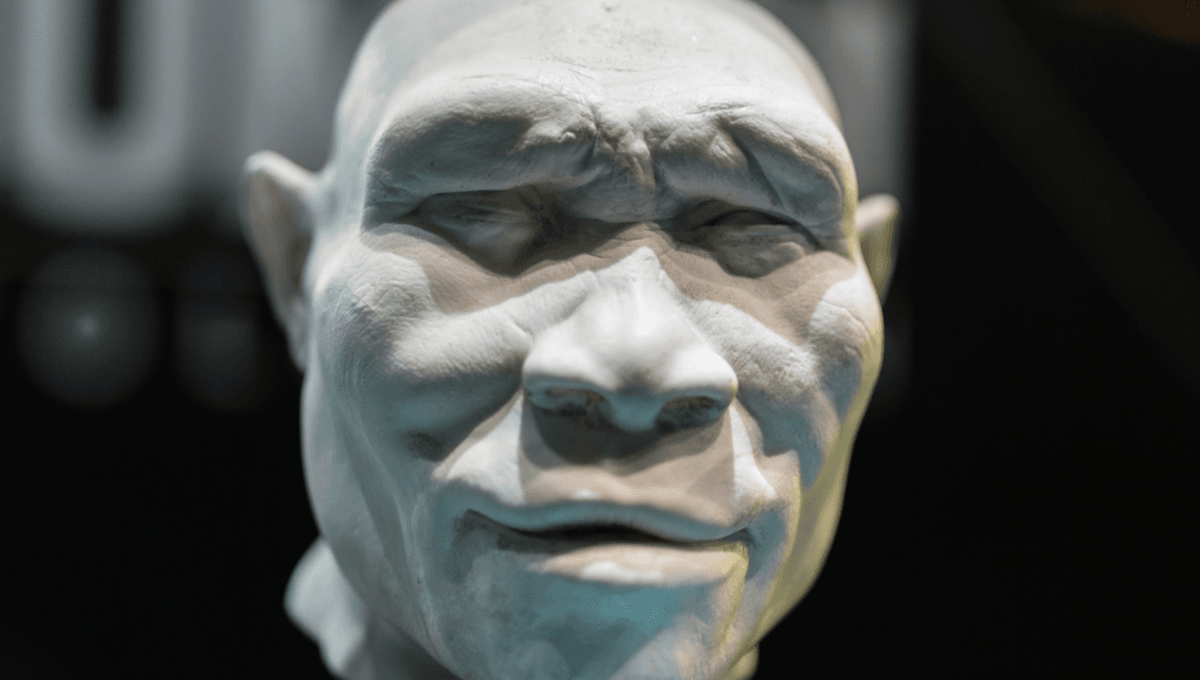
Remains of extinct human relatives are annoyingly rare, leaving many chapters of our own evolution a mystery. However, a review of an old fossil discovered over 40 years ago has busted open an important part of the story we didn’t previously know.
Paleoanthropologists have taken a second look at some ancient human remains discovered in the Ethiopian highlands and argue they represent one of the earliest known fossils of Homo erectus, a pivotal character in the story of human evolution.
On top of that, the remains indicate that this wildly successful species also lived in high-altitude mountains, drastically changing what we assumed about human evolution and migration.
The jawbone of an infant hominin was discovered in 1981 among the highlands of Ethiopia at the Melka Kunture complex, a cluster of prehistoric sites at an altitude of over 2,000 meters (6,561 feet) above sea level.
The species of this individual became the subject of heated academic debate, but a new study has affirmed that it belonged to H. erectus, just as some have previously speculated.
The fossil dates to around 2 million years old, which is incredibly old for this species. They only fell into extinction less than 120,000 years ago, meaning they were on Earth for around 1.9 million years.
All of this illuminates part of human evolution that wasn’t known before, namely that H. erectus dwelled at high altitudes. Two million years ago, this human relative had migrated out of the lowland savanna environments of East Africa and into the high-altitude regions of the Ethiopian highlands.
The site of the discovery, known as the Garba IV site, also contains two styles of prehistoric stone tools: Oldowan and Acheulean. The tools were found at different layers of the site that date to different periods, indicating H. erectus was first producing Oldowan technology and then moved onto Acheulean technology.
The mastery of both these tool-making technologies shows that H. erectus had an impressive potential to adapt its behavior. However, this is not to say that scientists ever assumed this species wasn’t very smart.
H. erectus, whose name means “upright man” was one of the early known members of the Homo (human) genus. Owing to its lengthy tenure on Earth, the extinct species is considered to be one of the most successful species of human ever to walk the planet. They also had a massive range across the planet, with remains of the species being found across Africa and much of Eurasia, as far-flung as Western Europe and Southeast Asia.
The new study is published in the journal Science.
Source Link: 2-Million-Year-Old Jawbone Shows Homo Erectus Migrated High Into The Mountains